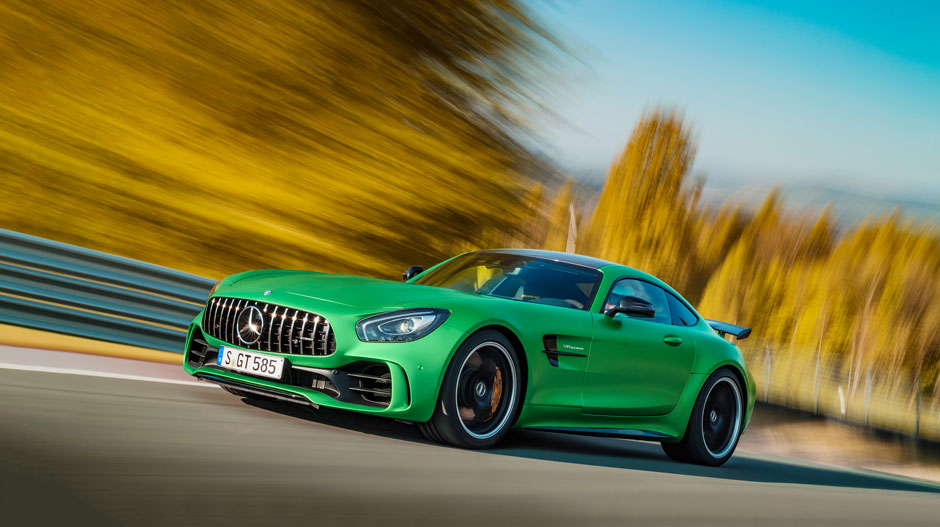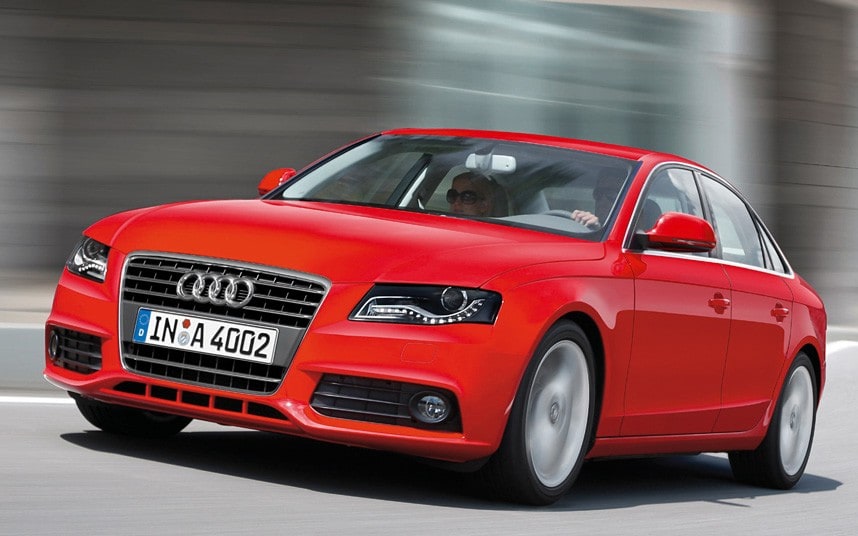Ford GT Supercar Collaborative Effort
The Ford GT supercar represents the cumulative knowledge gained by the automaker’s designers and engineers over the course of a decade.
When the last Ford GT was launched in 2005, it was very much a modern supercar, light years beyond the 1960s-era GT40 race car it was fashioned after. Today, both cars pale in comparison to the latest model, unveiled at this year’s North American International Auto Show in Detroit.
“The Ford GT today very different than GT40 or the 2005 GT,” Jamal Hameedi, chief engineer-Ford Performance,” says at a media event here. “The first one was completely a mechanical machine with barely any wires in it. The second car was a modern road car, and had a modern electrical system, fuel injection and anti-lock brakes, but not much more. It was an analog supercar.”
The new Ford GT, set to launch next year, is a rolling computer, containing 84 electronic systems moving over 300 megabytes of data per second, as well as 50 sensors generating 100 gigabytes per second. Additionally, there are 28 microprocessors in the vehicle, Hameedi says.
“There are over 10 million lines of code in the Ford GT,” he says. “The F-22 (fighter jet) has about 2 million, while the Dreamliner (commercial jet) has about 6 to 7 million. So there is a lot of software and it’s all mission critical, there is no reset button. It’s really quite amazing.”
All the computing and sensing power allow for a host of new technologies, including torque vectoring, active aerodynamics and adjustable ride height.
“We’re constantly growing the feature set and there is not end in sight,” Hameedi says.
The level of sophistication of the Ford GT stretches beyond its computer systems. Every part of the car was designed and engineered to be cutting-edge.
The GT was developed in an old milling room in the basement of Ford’s Product Development Center here. Largely abandoned since the 1950s, the area was cleaned out so it could house a small group of engineers and designers who were given just 14 months to bring the supercar to life.
“We realized that we needed a small dedicated space for a small team that was somewhere out of the norm to keep it quiet,” says Moray Callum, vice president-Design. “We had a mixture of a couple of young designers and some more experienced designers. We wanted some of the freshest ideas from the younger designers, but we knew we needed experience to get the car done in record time.”







